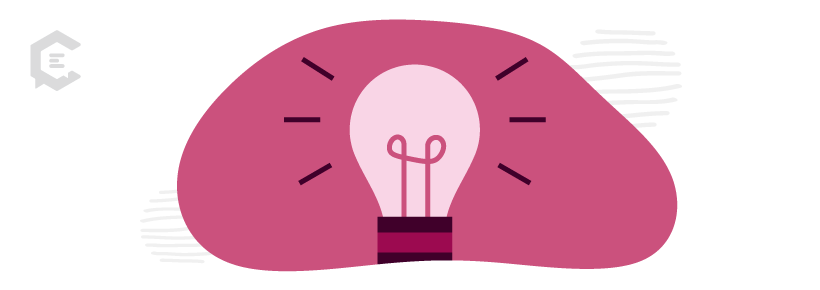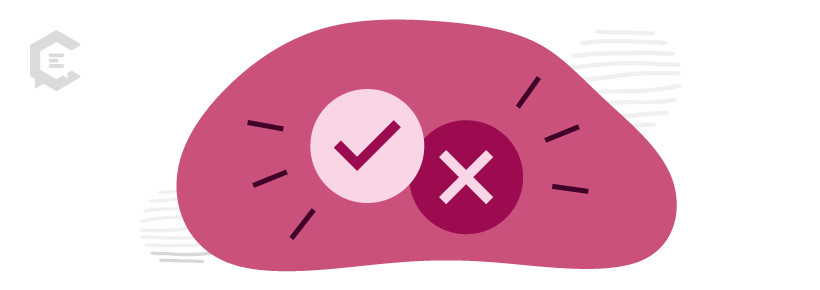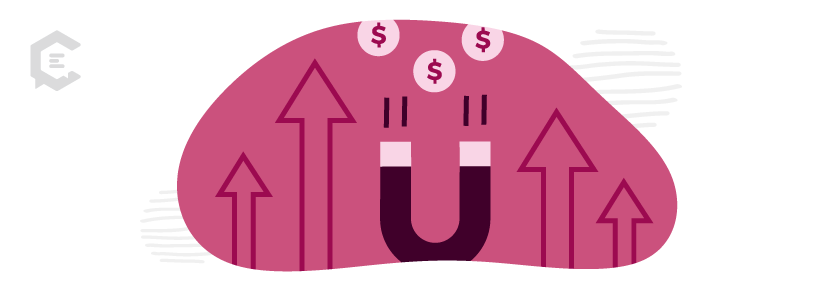Creating high-quality content is the first step in creating a powerful strategy. Regardless of how good your demand generation content is, it’s only effective if it reaches your target audience. This is where demand generation tactics come in.
Business-to-business (B2B) demand generation is a critical part of any successful content marketing strategy. It will help you reach new audiences and turn strangers into prospects. Here’s how you can apply this winning strategy within your marketing efforts.
Best practices for effective demand generation content
Demand generation marketing is a long game, and it’s only successful if you follow a best-practice approach. It’s not only the process of demand generation that drives lead generation; it’s also the type of content you use in each stage of the buyer’s journey.
Let’s look at each stage and break down the type of demand generation content you need for each one.
The awareness stage
Consumers are often searching for solutions to their challenges. To get their attention, you’ll need to address those challenges to draw them in. Building awareness is a critical part of demand generation. The awareness stage is where you’ll provide content that is geared toward meeting the challenges of your target audience.
This starts with researching your target market. You’ll need to know their pain points—what key challenges are they struggling with? Then you’ll need to create demand generation content that addresses these challenges.
You can do this with:
Blog posts
Your blog is a gold mine for valuable information. When using a blog for demand generation, however, it’s important to stay consistent once you begin posting. Determine the publishing cadence that makes sense for you and stick to it. You’ll take your research and create a publishing plan. What topics is your target audience most interested in? What challenges are they looking to solve? These are the critical things to keep in mind when developing your blog topics.
Social media
Social media will be your mouthpiece for promoting your blog and other demand generation content. It will help you elevate the reach of your content pieces. Like blogging, you’ll need to create a schedule and stick with it. During the awareness stage, you’re establishing yourself as a thought leader in your niche.
You can also take a personalized approach with social media by asking questions to your audience and responding to comments on your posts. This dialogue will humanize your brand and helps you establish trust and further enhance your demand generation efforts.
Ebooks
An ebook is an easily digestible longer piece of content that allows you to provide more information to your readers than you would put in a blog post. It dives in deeper into your audience’s challenges and lets you set the stage for the solution—a solution that your business would provide.
During the awareness stage, keep the content ungated. This is the time to provide “free” content that will serve as helpful resources for your target audience. Even if they’re not ready to buy, in the future the goal is for them to come to you when they’re ready.
The resources you’ve provided them up to this point will establish you as a trusted resource, one that they are more willing to do business with once they’re ready. However, to guide your readers down the buyer’s journey, include a gated call to action in the consideration stage.
The consideration stage
During the consideration stage, you’re nurturing the relationship with your prospects. Your prospects are looking for solutions that provide the most value and are most aligned with their business needs. You can start providing heavier content that isn’t explicitly selling but still guiding them toward your solution.
One thing to keep in mind during your content creation efforts, particularly in the awareness and consideration stages, is that your demand generation content should be about the customer, not your product or service. They don’t want to hear why your solution is the best. Not yet anyway. They want to know that you understand their pain points and that you can provide actionable insights into how they can alleviate them.
You can do this in the consideration stage with deeper content like:
White papers
A white paper is one of the most in-depth pieces of content you can offer your audience. Prospects that have gotten to the consideration stage are looking for more information than a blog post or social media post can provide.
It’s a great opportunity for you to use your research and create white papers that are specific to your audience segments. This will ensure you’re speaking to the right persona and providing them with the best content for their needs.
Email marketing
Like white papers, email marketing enables you to get more personal with your audience. Address them by name in your emails and ensure you’re sending the right email to the right audience segments.
Emails are a handy tool to make sure you stay top of mind for your prospects. For example, if they download a white paper, you can enter them into an email nurturing campaign so they will receive scheduled emails that will help guide them along further in the buyer’s journey.
Webinars
Webinars enable you to provide in-depth demand generation content to your audience and appeal to those who would rather watch a video than read a white paper or other long-form content.
The decision stage
If your prospects have arrived at the decision stage, bravo, they’ve almost made it through the buyer’s journey and are on their way toward becoming loyal customers. Through your demand generation efforts, you’ve shown that you know their key challenges and you’ve told them how to solve those challenges. Now is the time to show off your social proof and how your specific solution is what they’re looking for.
You can do this with the following demand generation content:
Case studies
Case studies allow you to show prospects how your other customers have used your solutions and what problems they’ve solved by doing so. Like other content, you don’t want to throw them in the kitchen sink. You want to be deliberate in the case studies you share with specific customers. Make sure they’re in the same industry, have the same challenges, and are looking for the same specific solution.
Demo requests
After you’ve given them the information they need to make a decision, it’s time to ask them to take a demo. While you could ask at any time, most would-be buyers are not going to want to see a demo until you’ve established trust with them and have shown them that you can help.
Chatbots
Chatbots enable you to provide immediate assistance to prospects, 24/7. A chatbot used during the decision stage would aim to move prospects who’ve already downloaded a white paper, or other consideration stage content, further down the marketing funnel by offering them a case study or demo request, for example.
Take your demand generation content to the next level
For your demand generation strategy to be successful, you need to frame your content around the buyer’s journey. By following the best practices above you’ll provide your prospects with the content they need when they need it.
Blog posts will educate your audience on your product or service, content like white papers will provide them with more in-depth information and case studies will provide proof points from current customers.
By aligning your content with your demand generation strategy, you’ll be in a better position to turn strangers into loyal customers. Need help with your B2B demand gen strategy? Learn how ClearVoice can help.








